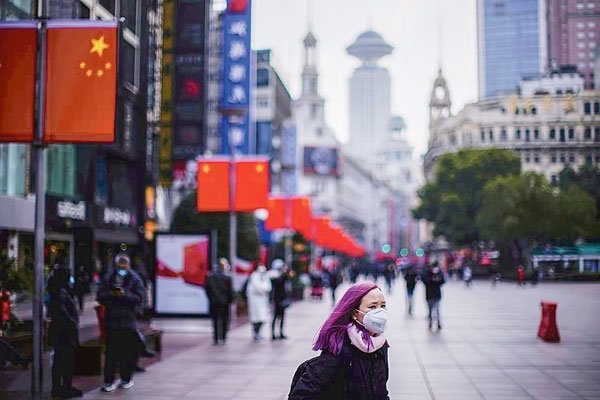Inflation in the world: China reports that prices in April “remained, in general, stable”
The main indicator of inflation in China, the consumer price index (CPI), rose 0.9% year-on-year in April, according to official data released today by the National Statistical Office (ONE).
The indicator represents an advance compared to the 0.4% in March but does not meet the expectations of analysts, who predicted an increase of 1.1%.
The ONE also released today the producer price index (PPI) for April, an indicator of wholesale inflation, which grew by 6.8% year-on-year.
ONE statistician Dong Lijuan explained in a statement that the data reflects the recovery in domestic demand and that “prices were generally stable.”
In March, the CPI had increased by 0.4% year-on-year, reversing the downward trend of the first two months of 2021, when inflation fell -in year-on-year terms- by 0.3% and 0.2% in January and February, respectively.
Figures from the ONE show that food prices decreased 0.7% year-on-year in April, while non-food prices increased 1.3%.
Prices of pork, the most popular meat in China, fell again in April (21.4% year-on-year) as the national herd recovered after the African swine fever epidemic that wiped out tens of millions of pigs in the country since mid-2018, causing high price volatility.
However, the price of fresh vegetables increased 2.7% year-on-year in April; that of eggs, 6.8%; that of aquatic products, 11.3%; and that of fresh fruits, 2.7%.
Among non-food products, consumer goods increased 1% year-on-year in April, while services did so by 0.7%.
In this period, the cost of education, culture and entertainment increased by 1.3%, while that of transport and communications grew by 4.9% year-on-year.
Within this section, fuel prices for transportation rose by 19.4% year-on-year in April, with increases in the prices of airline tickets (26.9%), gasoline (20.1%) and diesel (21.9%).
Regarding the PPI, which rose 6.8% year-on-year in April, the ONE highlighted the strong increase – 85.8% year-on-year – in prices in the oil and natural gas extraction industry.
According to the agency, the rise in the PPI is conditioned by the base effect compared to last year, marked by the pandemic, but “it shows that there is an expansion in prices in most industries.”

